
@elevenexperience
Follow Our Adventures
See what we’re up to in real time out on the water and in the backcountry. We’ll keep you up to speed on new lodges, favorite personalities, and bucket-list stories.

In the mountains, details matter. And at Eleven Revelstoke Lodge, our guest-to-guide ratio sets us apart. With just three guests per two guides in our private heli configuration (a lead and a tail), every run is safer, smoother, and more personal. It means more flexibility in terrain choice, more time on snow, and more confidence to chase the best lines of the day. Small groups. Big mountains. Ultimate freedom.

While the north chills, the southern hemisphere heats up. From heli-fishing and river floats in Chile’s Rio Palena Lodge, to fly-fishing and farm-to-table fare at Owen River Lodge and Cedar Lodge in New Zealand, to pink-sand days and rum-soaked sunsets at Bahama House on Harbour Island - summer never really ends with Eleven.

Tucked deep in the mountains of northern Iceland, Deplar Farm sits directly beneath one of the world’s best Northern Lights corridors. From our geothermal pool to the lodge’s glass-wrapped suites, guests have a front-row seat to nature’s most awe-inspiring show.

300,000 skiable acres. 12 skiers. At Eleven Revelstoke Lodge, the scale is almost impossible to comprehend. Vast alpine faces, endless glades, and untouched bowls, just you, your crew, and the sound of the rotors fading into silence. This is heli-skiing at its finest: legendary terrain, deep untracked snow, and guides that know the massive tenure like the back of their glove.

Some destinations can only be reached by helicopter, and Lago Catedral is one of them. A remote, sapphire-blue lake tucked deep in the Andes. It’s where days are spent hiking ridge lines, paddleboarding glassy water, and enjoying lunch al fresco. Patagonia, in its purest form.
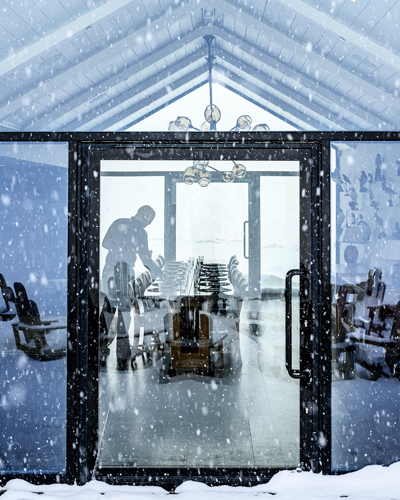
Step into Iceland's world of fire, ice, and Northern Lights this winter. Adventure and wellness collide in an otherworldly way at Deplar Farm.

Fall goes great with a splash of spontaneity. Have a look at our last-minute openings in September and October at our lodges in Colorado, Iceland, Canada, France, and New Zealand. Our doors are open and the adventure is limitless.

Welcome to the epitome of classic French charm. With Savoyard antiques, local Bleu de Savoie stone, and tailormade headboards, our chalets feel much more like home than a hotel.
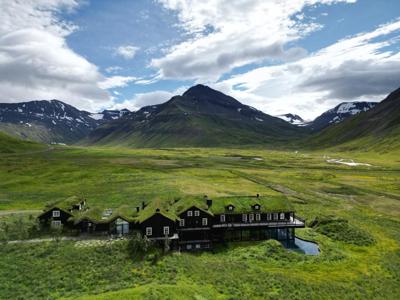
Current conditions at Deplar Farm: lush, green, and buzzing with summer energy. Summer is in full swing in Iceland.

With fewer crowds, an ocean breeze, and that iconic pink-sand glow, fall is Harbour Island’s best-kept secret.

High-alpine hikes, glacier treks, and whitewater days—Chalet Hibou and Chalet Pelerin drop you in the middle of the French Alps' best, then top it all off with mouth-watering après.

We’re thrilled to share a first look at Eleven Revelstoke Lodge’s renovations. We took our historic red-brick digs down to the studs to give you a reimagined home base tuned to the lifestyle and energy of Revy. Spectacular interior design work by @twelveinteriors
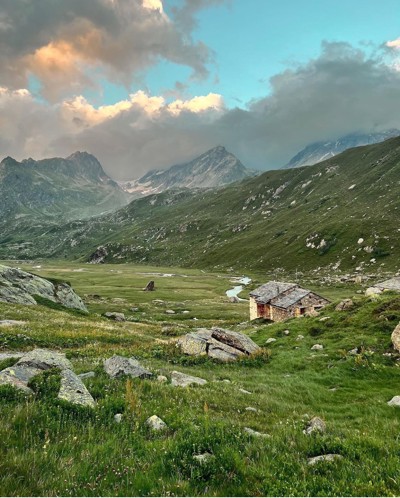
Ready to explore a different side of the Alps? Join us this summer at #ChaletPelerin and #ChaletHibou for a new 3-day hut-to-hut experience from France to Italy. Led by Eleven’s guide team, hike an historic route through jaw-dropping landscapes, then finish daily with fireside aprés, dinner, and modern comforts at our traditional mountain huts. Link in bio for more.
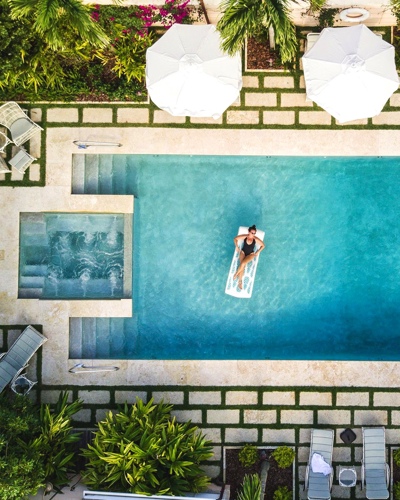
There’s never a bad time to visit The Bahamas, but late spring is one of our favorites. Warm weather, long sunny days, and a perfectly laid-back vibe—that’s life on Harbour Island.
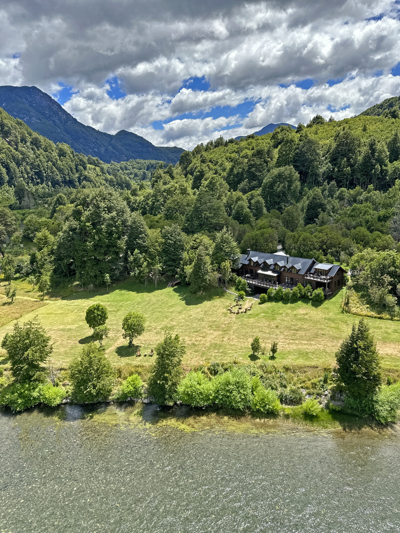
Where others see endless wilderness, we see our next frontier. Patagonia is just one of the incredible places we call home, and at Rio Palena Lodge, adventure is always within reach. As our summer season wraps up, now’s the time to claim your spot for next year. The wild is waiting—are you in?
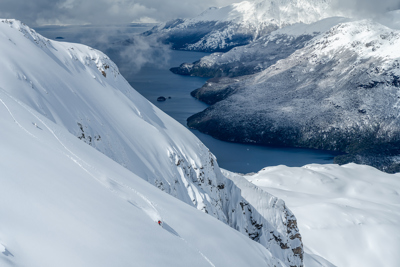
It’s almost impossible to capture the insane beauty of our corner of Patagonia, but as usual, Rob has done it again. Thank you for the shots, @theeffensearch
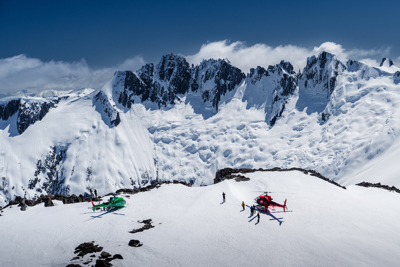
Where else on the planet can you heli-ski first descents, raft the world’s biggest whitewater, and catch big browns on dries—all from the same lodge? Patagonia, naturally. Here’s a look at Rio Palena Lodge through Brigid Mander’s well-traveled eyes. Check it out on our blog at the link in our bio! 📷: @chrisburkard
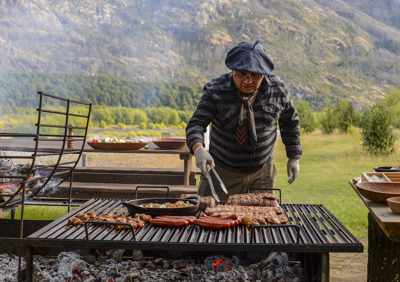
Whether we’re personalizing your adventures or preparing your après, we don’t skimp on the details. Experience the pinnacle of our Culinary Team’s laser focus at our “Asado,” a traditional Chilean barbecue that has a reputation for leaving guests speechless.

Couldn’t have said it better ourselves. Thanks for the great write-up on Rio Palena Lodge, @lanenieset @travelandleisure “The perfect base for adventuring in style, the secluded spot is attracting serious anglers with some of the world’s best fly-fishing, as well those who want to try their hand at more extreme sports like heli-skiing or hiking nearby glaciers on unnamed peaks — most of which you’ll be the first person to set foot on.”

From our Chalets in the heart of the French Alps you can ski seven world-class resorts, explore charming centuries-old villages, take in glacial views from the hot tub, and top off your days with classic French cuisine and wine. There’s still availability at Chalet Hibou and Chalet Pelerin this winter.
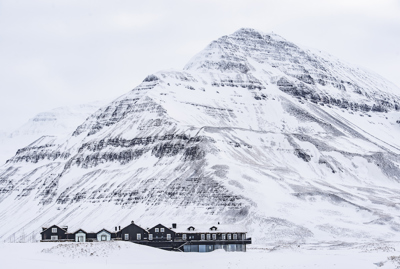
We’re honored to have several of our lodges nominated for the Travel + Leisure World’s Best Awards. Vote now for the 2025 Travel + Leisure World’s Best Awards at www.tlworldsbest.com. Share your experience and get entered for a chance to win prizes, from $15,000 cash or a trip to Australia and New Zealand. @travelandleisure

We live for days like these in the mountains. 📍France 📷: @jeffcricco
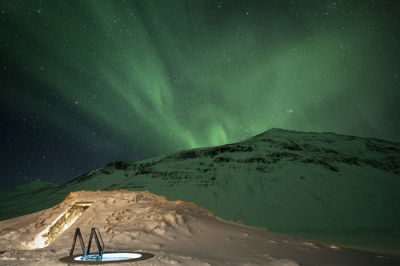
Deplar Farm is located in the heart of Iceland’s aurora paradise, where every night offers an opportunity for front-row seats to the celestial show. #northernlights #northernlightsiceland
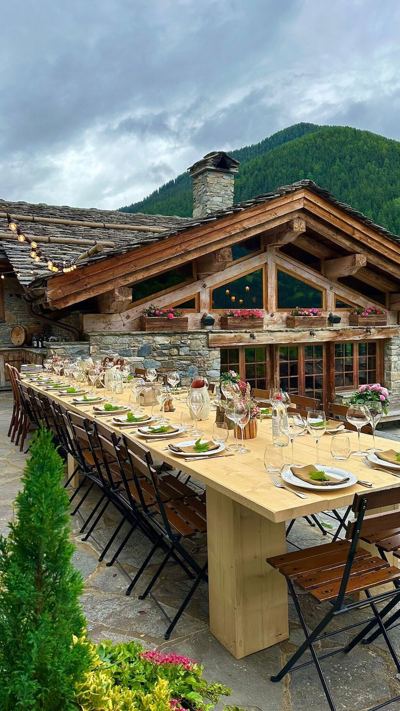
The table is set at Eleven Chalet Pelerin, our hidden gem in the French Alps. 📷 : @juliedesage, Eleven France General Manager
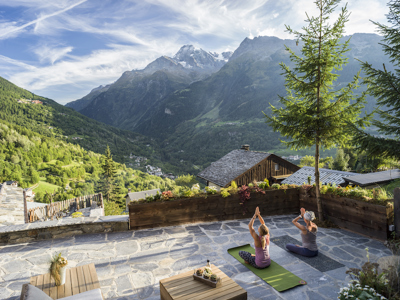
Summertime in the French Alps: where crisp alpine air meets incredible mountain vistas. Hike scenic trails, savor gourmet delights, and immerse yourself in the refined charm of mountain life. 📍Chalet Pelerin & Chalet Hibou
Explore Eleven Lodges
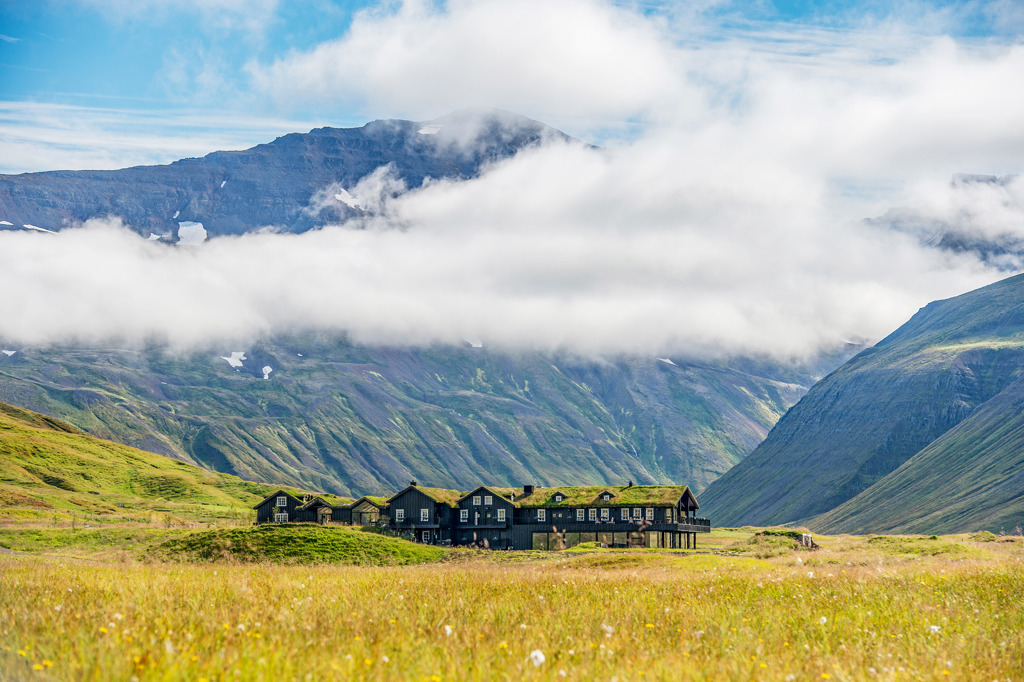
Iceland
Eleven Deplar Farm

Colorado, USA
Eleven Scarp Ridge Lodge
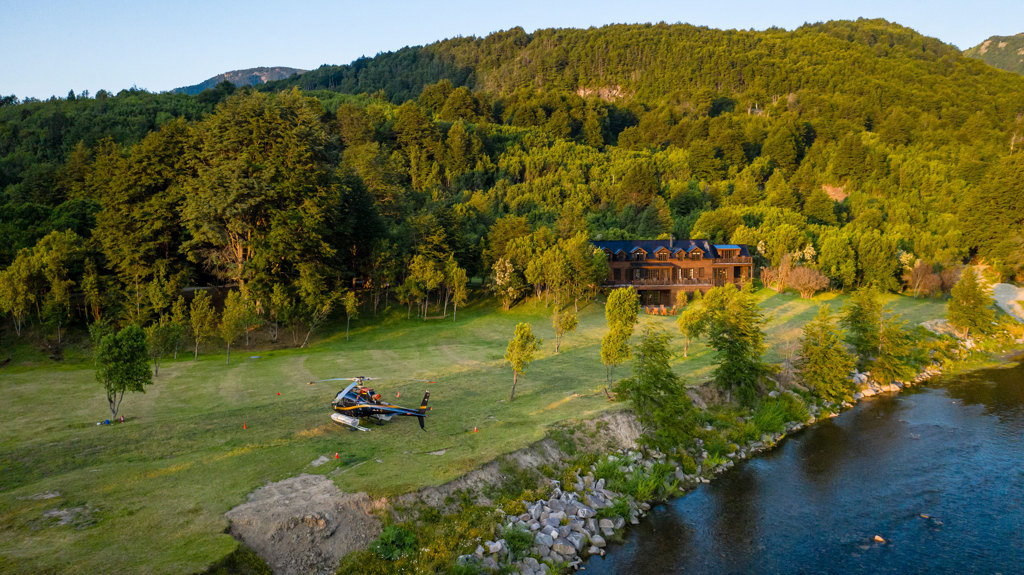
Chile
Eleven Rio Palena Lodge

France
Eleven Chalet Hibou

New Zealand
Eleven Owen River Lodge
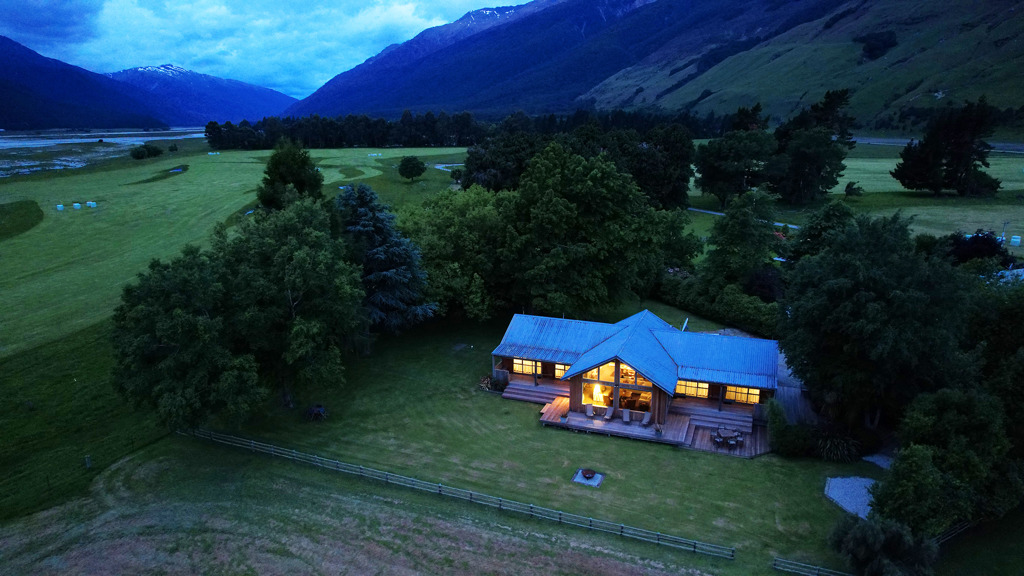
New Zealand
Eleven Cedar Lodge
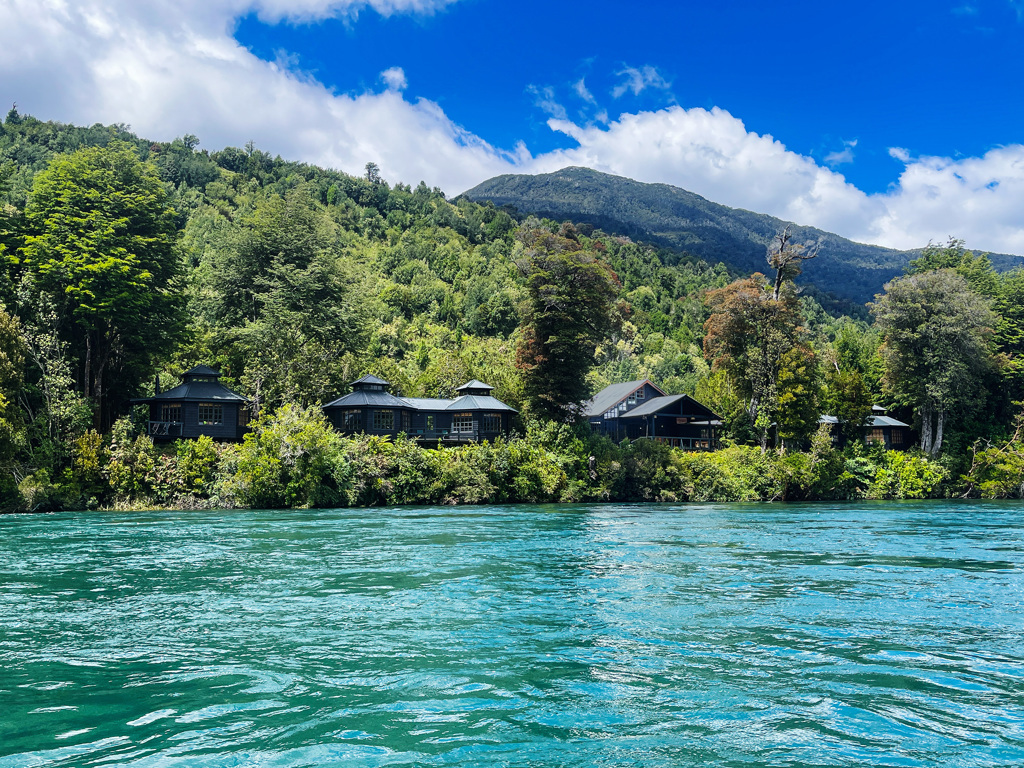
Chile
Eleven Martin Pescador Lodge

Canada
Eleven Revelstoke Lodge
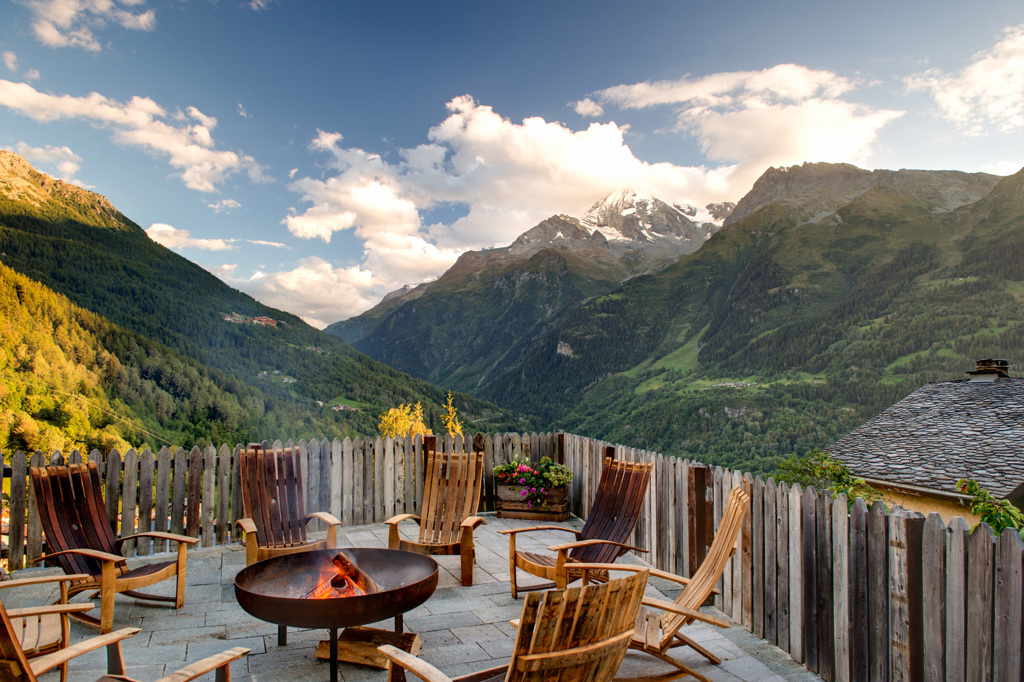
France
Eleven Chalet Pelerin
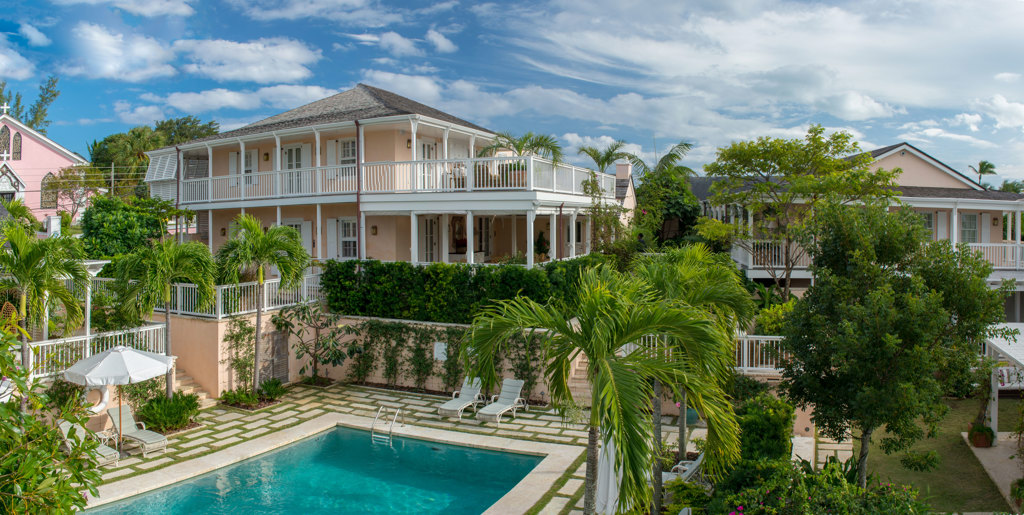
Bahamas
Eleven Bahama House
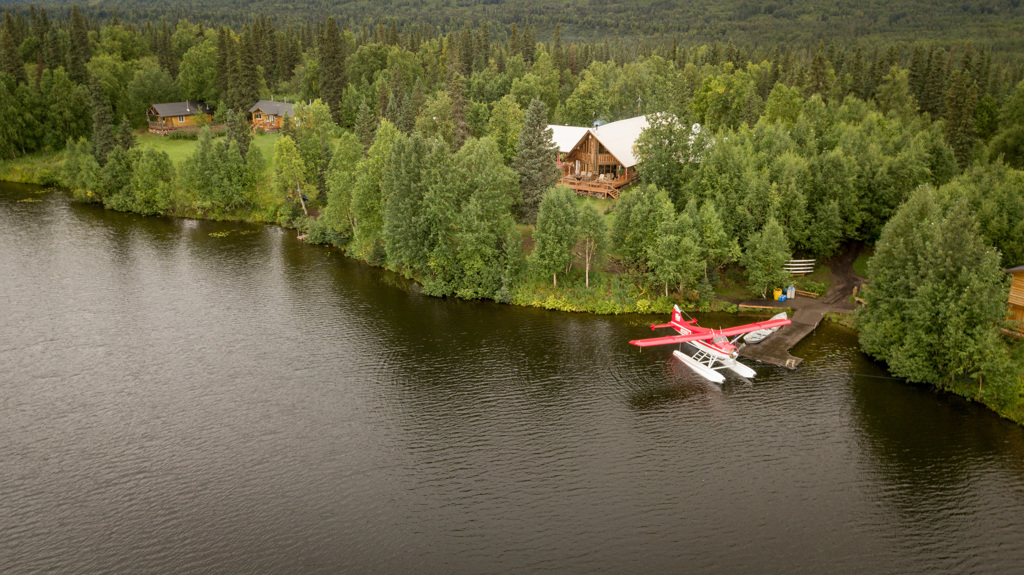
Alaska, USA
Eleven Winterlake Lodge
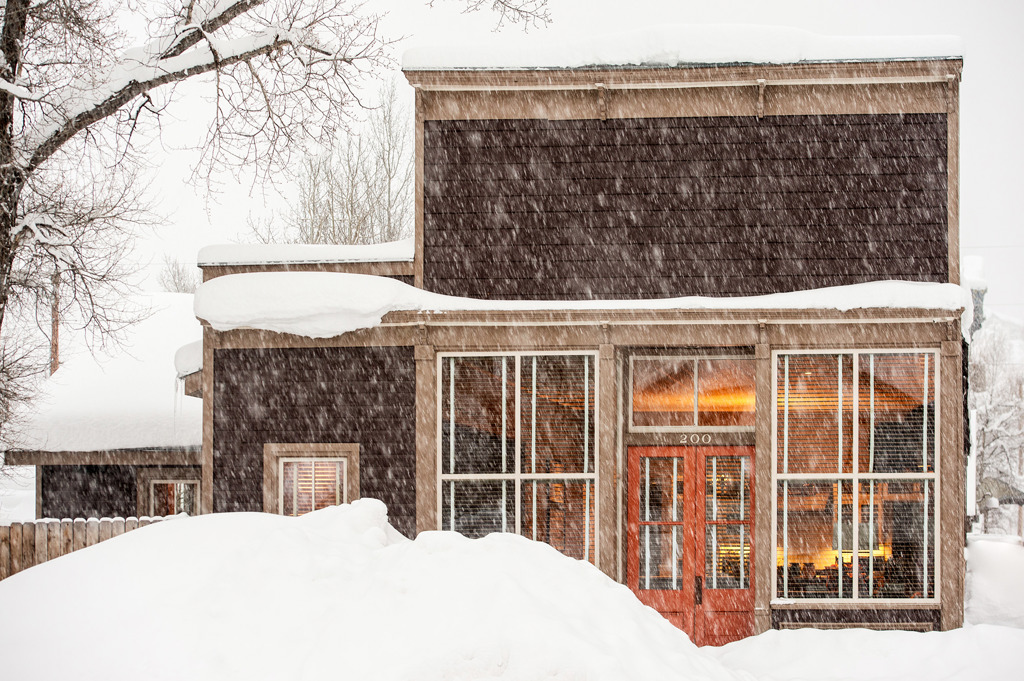
Colorado, USA
Eleven Sopris House
